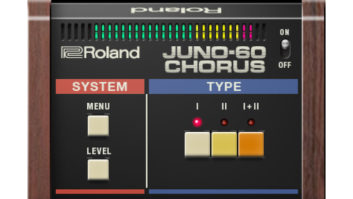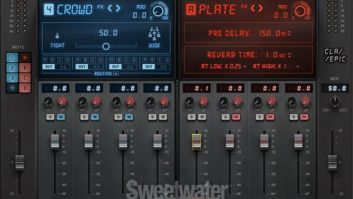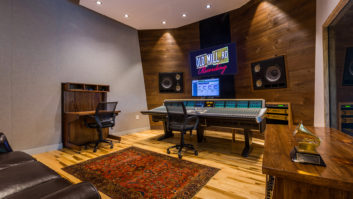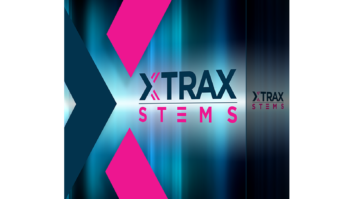Craig Anderton In the July issue, we looked at the general state of plug-ins. But what’s happening specifically with virtual instruments?

First, they’re a big deal—and second only to DAWs with respect to music software revenue. Consider Native Instruments, whose primary focus is, well, native instruments. Yes, they also make interfaces, DJ controllers and the Traktor DJ program, but you’d be hard-pressed to find a DAW that doesn’t have Kontakt, Battery, Guitar Rig, Reaktor or some other NI product installed. And these days, all DAWs ship with at least some virtual instruments, and although many of the bundled instruments are basic, they can still be useful. Remember, a Minimoog had only three oscillators.
The speed bump for instruments was always CPU power (to run virtual instruments with decent latency) and RAM for sample-based instruments. However, with the days of underperforming computers receding quickly, virtual instruments are becoming an ever-bigger part of digital recording—so let’s look at the top virtual instrument trends.
Drums: The array of third-party drum programs is dizzying: FX-pansion BFD, Steven Slate Drums, Kontakt’s various kits, Avid Strike, XLN Addictive Drums, Toontrack EZdrummer 2, Zildjian’s stunning Digital Vault cymbals, and many others. Even bundled drums are getting serious—Logic Pro X’s Drummer is a versatile and realistic drum part generator, Cakewalk Sonar comes with a full version of Addictive Drums, and Reason’s Kong drum module can handle much more than just EDM. Given the trend toward drum replacement, the shrinking of studios capable of dealing with real drums, and styles of music that revolve around electronic instead of acoustic drums, the trend toward better-sounding and more “humanized” drums is here to stay.
Ever-bigger libraries: Remember the shock when Peavey introduced a 64 Megabyte sampled piano? Or when Spectrasonics created the Trilogy sampled bass instrument with a (gasp) 3GB sample library? That would fit in the back pocket of many of today’s libraries, including Spectrasonics’ own Omnisphere. Orchestral libraries from East-West, VSL, Spitfire Audio, and others devour hard disk space, but this isn’t just for show; the additional articulations and options obtainable through MIDI control and the VST3 spec allow for extremely expressive parts that in many contexts (assuming skilled musicians) are virtually indistinguishable from orchestral scores. And if 96 kHz/24-bit becomes more common, you can expect libraries to balloon even further.
More RAM, less disk streaming: When RAM was expensive, streaming from disk allowed using larger libraries that needed only enough RAM to store and play back attacks while a hard disk looked for where to start reading. But with computers having 16, 32 or even more gigabytes of RAM, it’s becoming feasible to simply load your instruments into RAM. Another option is buying a solid-state drive and dedicating it to sample libraries, thus giving the twin advantages of external disk drive storage and fast, solid-state playback.
Innovation: Do we have enough Minimoog clones now? Good. Instruments like iZotope’s Iris put the “virtual” in virtual instruments by melding elements that are more like a paint program with a somewhat traditional wavetable synthesizer. Steinberg’s PadShop is another example of an instrument that strikes out in new directions, but also hints at another trend: special-purpose instruments. While some instruments get bigger and more complex, others tend to focus on a specific function, like FM, virtual analog, or in the case of PadShop, evolving pads based on granular synthesis.
Power soak: Synths like U-He’s Diva exploit the power in today’s computers to the fullest and consume massive amounts of CPU power. The object is to create the purest sound possible by throwing a zillion calculations into the sound generating process; fortunately for those with older machines, synths that follow this philosophy also tend to offer options that trade off CPU consumption for slightly degraded sonic accuracy.
What’s next? I hate to sound unimaginative, but all of the above trends have not come close to playing out, and will likely develop further. However, we may also see lower-cost, special-purpose instruments that are simpler, more plug-and-play and easier to use; after all, production throughput is increasingly important, and few people have the time to either create their own sounds or plow through 1,000 presets looking for that one needle in a haystack. Think about it: How many truly different Minimoog bass sounds have you heard in the over four decades since it was introduced? I rest my case.
Author/musician Craig Anderton has given seminars on technology and the arts in 38 states, 10 countries, and in three languages.
